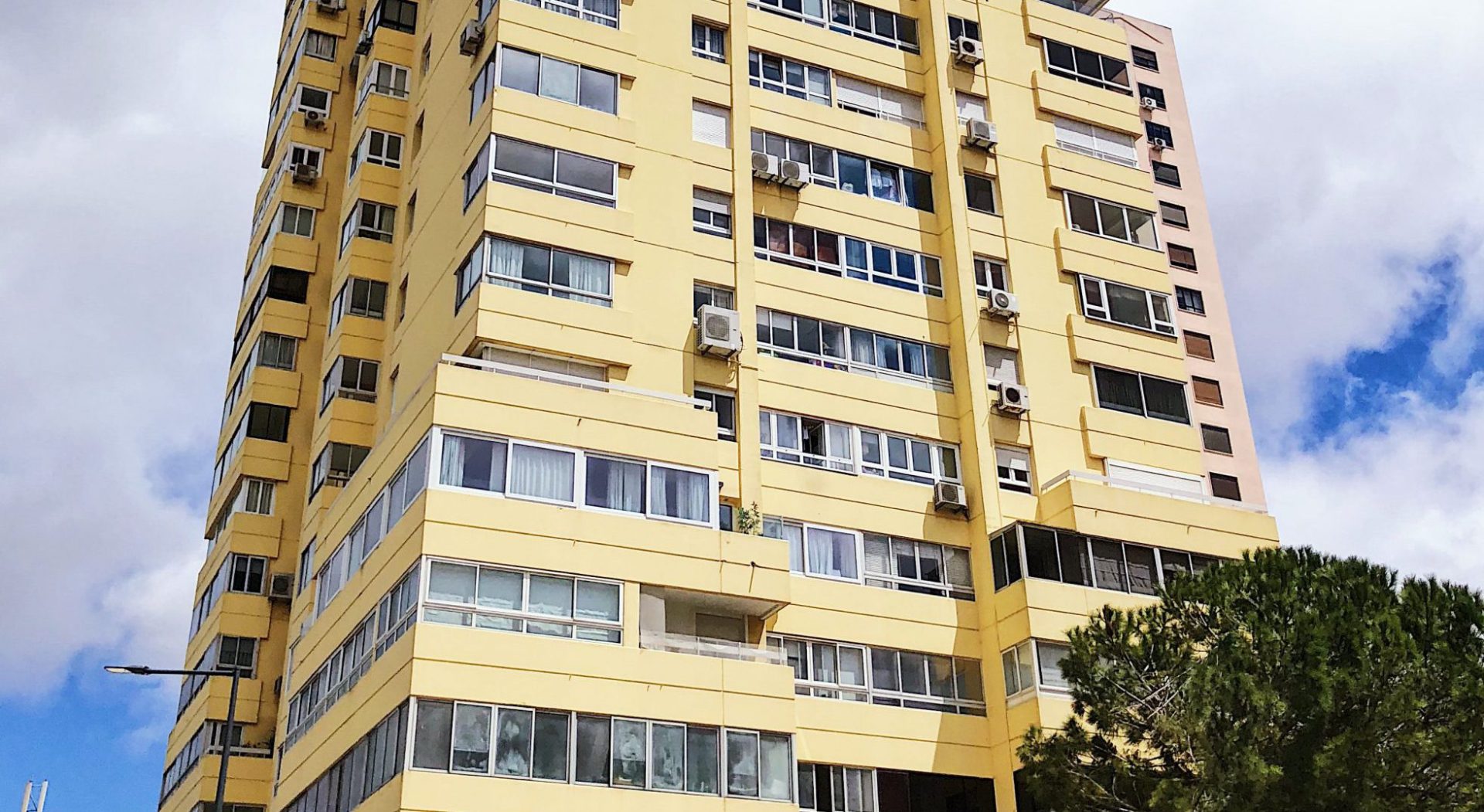After a spate of issues plaguing the building and construction industry in recent years, the NSW government is proposing the introduction of a decennial liability insurance scheme (DLI) with the view of increasing protections for owners and purchasers of residential apartments.
What is DLI?
DLI is a mandatory defects insurance scheme which affords purchasers of residential apartments protections in the event that the building suffers from total or partial collapse or the building contains structural defects that affect the building’s stability. A DLI policy is taken out by the developer or builder of a building (depending on jurisdiction) and must be obtained for a period of no less than 10 years after the completion date.
To obtain DLI developers will be subjected to a ratings score including an assessment of their corporate governance and balance sheets. Developers that do not demonstrate high quality in each of these areas will likely be required to pay substantially higher premiums to obtain DLI.
Historical protections
The DLI adds to the historical protections provided to owners of newly build residential apartments which included:
- the statutory warranties or home warranty insurance policy of the Home Building Act 1989 (NSW) (HBA). The home warranty insurance provisions under the HBA are only available for buildings less than 3 storeys in height; and
- a bond for an amount equal to 2% of the contract price to be provided by the developer under the Strata Building Bond and Insurance Scheme prescribed under division 3 of the Strata Schemes Management Act 2015 (NSW) (Bond) to secure funds for the Owners for any required defect rectification works. The requirement of the Bond only applies to the construction of new residential strata buildings which are four storeys or higher.
In 2018 and 2019 respectively, the NSW government enacted further legislation by way of the Residential Apartment Buildings (Compliance and Enforcement) Act 2019 (NSW) (RABA) and the Design and Building Practitioners Act 2019 (NSW) (DBPA).
- The RABA provides increased powers to the Secretary to intervene and issue orders to developers, including to prevent a building from being completed and an occupation certificate being obtained where there are serious defects. The RABA has a retrospective effect of 10 years; and
- The DBPA introduced a new duty of care for the key participants involved in the construction process to the landowner to exercise reasonable care to avoid economic loss caused by defects. The DBPA similarly has a retrospective effect of 10 years.
More recently, in 2021 the NSW government introduced both the Builder Assurance Solution and Risk Rating tool with the aim of providing prospective consumers further information about the developer from who they are purchasing from.
When will DLI be introduced?
While the DLI scheme is still in the making, a Ministerial Advisory Panel has been appointed to advise on its introduction. The NSW government expects to receive further recommendations on the implementation of DLI in early 2021 and if implemented, we can expect DLI to come into force in late 2022 or early 2023.
There is limited information at this stage to suggest that like the DBPA, DLI will have retrospective effect, however, it is unlikely.
Key Implications
The recent reforms in the building and construction industry, as well as the potential introduction of DLI have all been geared towards providing further protections to purchasers and increase consumer confidence in the market.
Whilst the level of protections for purchasers has undoubtedly increased, there has been an adverse effect for developers, who are now faced with more costs and red tape than ever. The potential introduction of DLI will also mean that there is more legislation for developers to navigate without having any understanding of insurance industry products available and the costs of same.

